Product Summary
604, Long Block Crate Engine Type, 400 ft./lbs. Torque
- 400 HP @ 5500 RPM
- 400 Ft lbs. Torque @ 4500 RPM
- CNC Machined Block
- Popular in Late Models, Modifieds, and other classes
- Comes Complete Intake to Pan.
CT400 IMCA-Sealed 604 Crate Engine details
Run up front with the 400-horsepower CT400 crate engine (often referred to as the “604 crate”) featuring Fast Burn heads from GM Performance Parts. Now, Speedway Motors Racing Engines is offering this 604 crate engine as a dressed & dyno-verified package that is ready to race!
These IMCA-sealed 604 crate racing engines are based on the popular Fast Burn 385 street crate engine, but include a racing-only 8-quart circle track oil pan with dual kick-out design, along with a valve cover breather kit and special “kool nut” rocker arm design. The assembly also includes an open-plenum high-rise intake manifold and 1.5:1-ratio aluminum roller rockers.
The 604 crate engine includes a bulletproof bottom end, anchored by a forged steel crankshaft and hypereutectic pistons. The 23-degree, Fast Burn aluminum heads enable tremendous power in the small-block V-8 because of a unique chamber design that quickly and completely burns all of the air/fuel mixture – giving you maximum power. With the CT400 racing engine under the hood of your Modified or Late Model, you’ll put a “fast burn” on the competition.
- Dyno-verified horsepower and torque
- Piston rings are broken-in using a proprietary dyno program
- Lash and timing are individually tuned
- MSD Pro-Billet distributor is installed & timed
- Engine is ready to race, right out of the crate
- IMCA-sealed for equal competition
- Popular in Modified and Late Model classes*
- 400 HP @ 5500 RPM
- 400 ft. lbs. of torque @ 4500 RPM
- 4.00″ x 3.48″ bore x stroke
- 9.6:1 compression ratio
- 92 octane recommended fuel
- 4-bolt main caps
- Cam lift: .474″ intake / .510″ exhaust
- Cam duration @ .050″: 208° intake / 221° exhaust
- 112° lobe separation
- 1.5:1 ratio aluminum roller rocker arms
- 2.00″ Intake / 1.55″ Exhaust valves
Features
Includes:
- Fully assembled long block
- Black steel valve covers w/ breathers
- Oil pump, pick-up, 8 quart oil pan
- Eliminator Vortec intake manifold
- MSD Pro-Billet85501distributor
- Moroso Ultra 40 spark plug wires, black, under-header (terminals installed)
- Spark plugs
- 8″ harmonic balancer
- Front timing cover
- Fuel pump block-off plate
- Dyno sheet of your engine
- IMCA-issued bolts and is approved for use in IMCA
Warranties
PLEASE NOTE:
Chevrolet/GM Performance’s Crate Engine Warranty will not cover engines that fall into the following categories:
- Any vehicle that has been used for racing (on or off track), stunt driving, performance testing, or used under other extreme operating conditions
- Racing engines and/or components
Increasing Your Lead in Crate Motor Classes (Legally!)
Give Your Sealed Crate Motor Racing Program an Edge Over Your Competitors
Sealed crate motor racing classes can be found across the country in numerous circle track racing organizations, such as IMCA Hobby Stock. These crate motor classes, some of which have been in existence for decades with thousands of drivers participating, offer a great way for racers to get on the track and compete without having to mortgage their home just to buy a race engine for their chassis.

While some will argue that crate motor racing dilutes the original “personality” of circle track racing, it is also painfully obvious that over the years racers with the means to build the best race motors would invariably end up in the winner’s circle every Saturday night, discouraging those racers that did not have said means to be competitive. Those competitors would often just stop racing, lowering car counts and fan interest (and revenue for the track!). Providing a crate motor class with affordable engines right from GM with its 602 crate motor, 604 crate motor, and CT525 crate motor, or in some cases official crate builders/rebuilders certified to work with a specific sanctioning body or bodies, not only fills up a class with racers, but fills the stands and the track’s cash box. While Chevy crate engines are the most popular, Ford does offer its D347SR engines for those wishing to compete under the Blue Oval.
For many years these sealed crate motor classes, like Hobby Stock racing, have had a bit of a struggle with, shall we say, “more ingenious racers,” who have a skewed view of the IMCA Hobby Stock rules and somehow have gotten past the 602 crate engine seal bolts and inside the engine for some “updates.” It’s easy to say “that’s racers being racers” but in the end, we feel if you must cheat to win it’s not a really a win. To that end, we wanted to help those sealed crate motor class racers with some solid advice that does not raise a tech’s eyebrow or go astray of the rules. Read on for some helpful tips to get your crate motor class racer into the winner’s circle.
Lower Viscosity Oil for Your Crate Motor

The oil you use in your sealed 602 crate motor program (or 604 or 525 crate motor for that matter) is a critical aspect of the engine’s efficiency. Most crate engine racers use a full synthetic 20W50 racing oil. Running a thinner racing oil can free up some horsepower, as thicker oils require more power to turn the oil pump and are harder to “sling” off the reciprocating assembly. Lowering your racing oil viscosity to as much as 0W30 in some applications can show a real benefit here.
Lower Viscosity Gear Oil for Transmissions and Rear Ends

Just like your crate engine, you can free up horsepower on the rest of your driveline’s rotating bits (gears, bearings, and more) by using a lower viscosity gear oil. Many racers use 80W140 but dropping that viscosity down to a 75W90 will help free up that drivetrain and allow maximum horsepower to reach the track surface.
Put Your Driveline on a Diet

Lowering your oil viscosity in your engine and driveline is relatively easy, but there is plenty of additional areas to address on your sealed crate motor class racer that simply take a little more work than unscrewing a drain plug and grabbing a case of oil. Popular rear axles like the venerable 9-inch and the ever popular quick change both have lightweight gear options available, many with REM polishing. The lighter rotating mass means less power is required to turn these gears, while the REM micro-polished surface reduces friction even further, creating a geartrain that takes less power to turn, which puts more power to the track surface. This is the perfect one-two punch but takes a bit more work to install.
Free The Friction

After tackling oil viscosity and the reducing drivetrain rotational weight and friction it’s time to look at your chassis’ suspension and brakes. We mentioned REM polished gears for the rear end, but did you know there are REM polished hub bearings available along with low-friction hub seals? No matter if you’re running Wide 5, Grand National, or even Pinto hardware, we have bearings, hub seals, and more to reduce rolling resistance in your chassis.

If you want to take it a step further (and still have that 9-inch cracked open for your lightweight gear install) you can find DRP premium finished pinion and carrier bearings to reduce friction even further in your 9-inch axle assembly.

Lastly, while you’re in there installing those hub seals and packing those hub bearings why not use some low-drag wheel bearing grease to keep things spinning freely and easily. This low-drag wheel bearing grease works great with REM polished bearings but works great with standard bearings as well! And if you’re rolling on Pinto spindles and rotors up front on your dirt track car you can take it a step further, skipping the wheel bearing grease all together and upgrading to our oil bath hybrid brake rotor kit that allows you to fill the rotor bearing cavity with lightweight oil (we suggest full synthetic 30 weight) for the highest friction reduction possible.
Lock Your Bearing Preload to Reduce Rolling Resistance

On your street car it is common to preload wheel bearings by tightening the spindle nut and then backing it off a hair. This allows the bearing to spin freely, but in a racing application it can be too much, putting excessive loads on the bearings, especially in cornering forces going around the track surface. Precision bearing spacers allow you to dial in the exact preload by installing them on the spindle between your inner and outer bearings. These spacers are adjustable for preload and are precisely machined with trued and square edges for the bearing inner race to seat against, keeping the bearings square to each other and reducing rolling resistance. Spinning the hub by hand you might not feel the difference, but on the track surface when the hub is under load is where a bearing spacer will greatly reduce rolling resistance.
Adding these products to your bag of tricks is one of the best ways to optimize your crate motor program while staying clear of the tech official’s inquiring gaze when you hit the dirt on a Saturday night. Use one or use them all, it’s up to you and your racing budget but they’ll all help you find that winner’s circle!
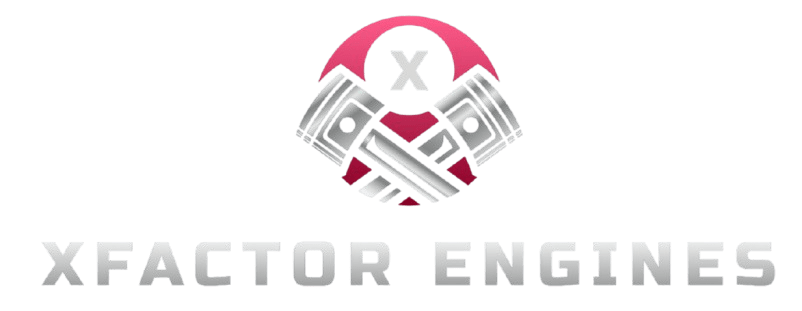
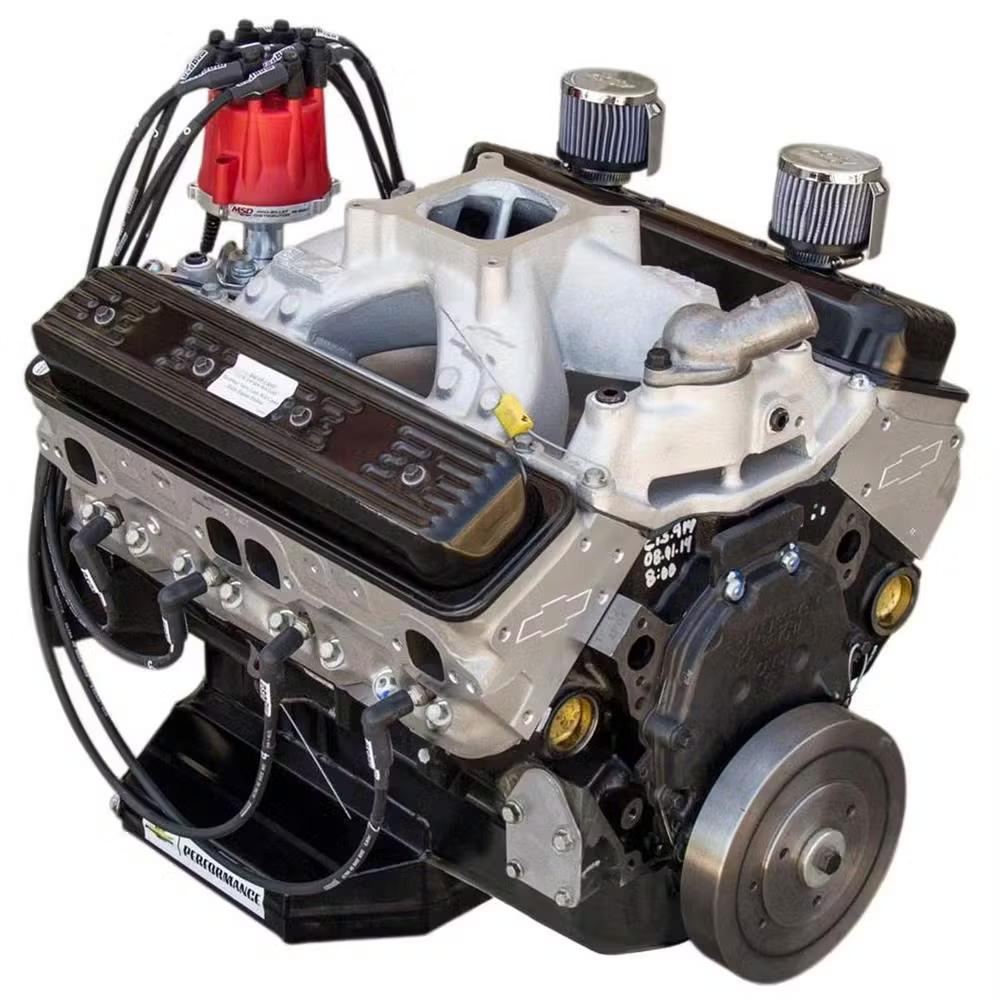
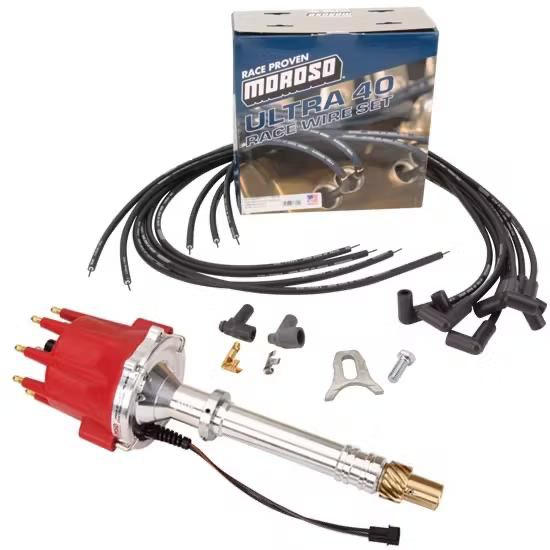
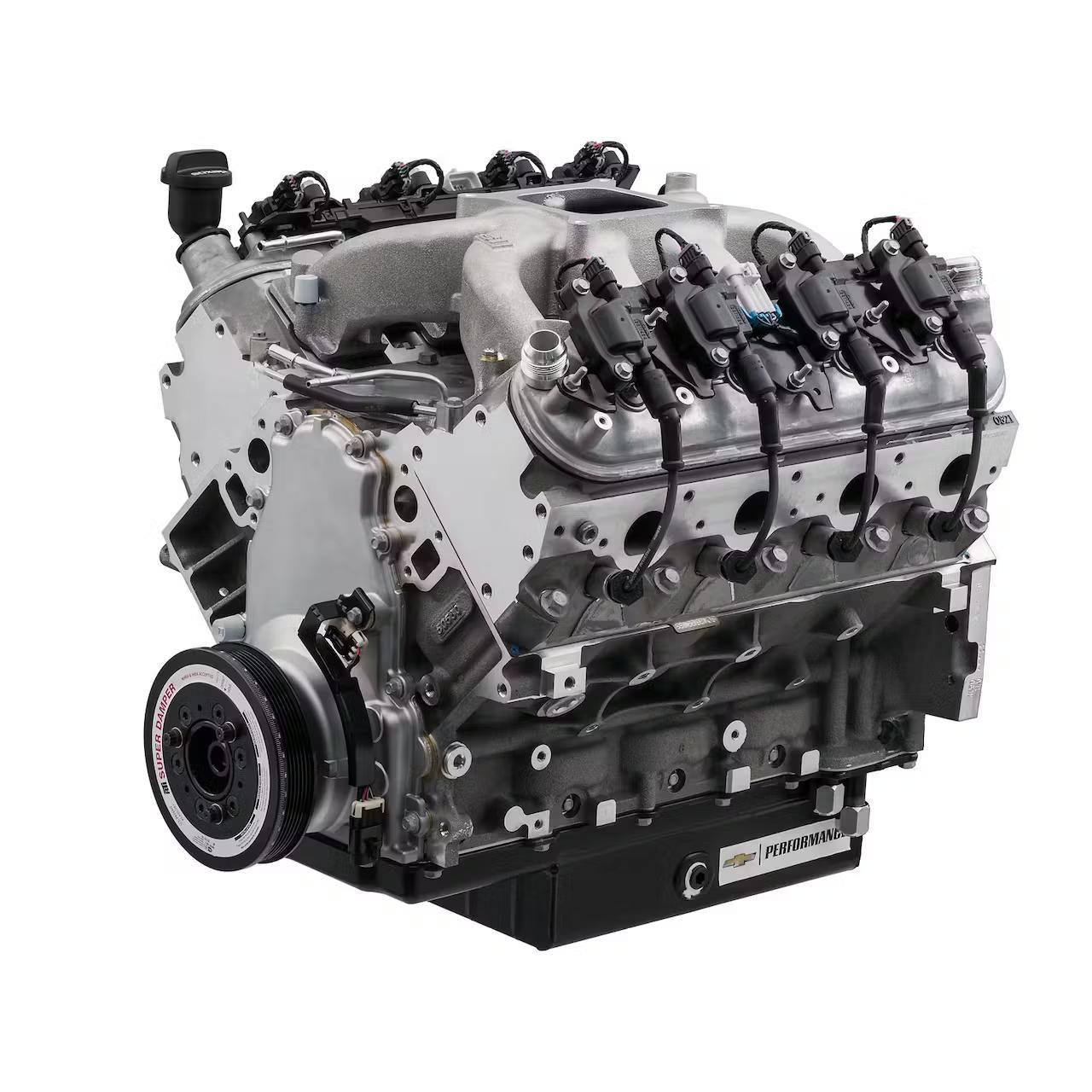
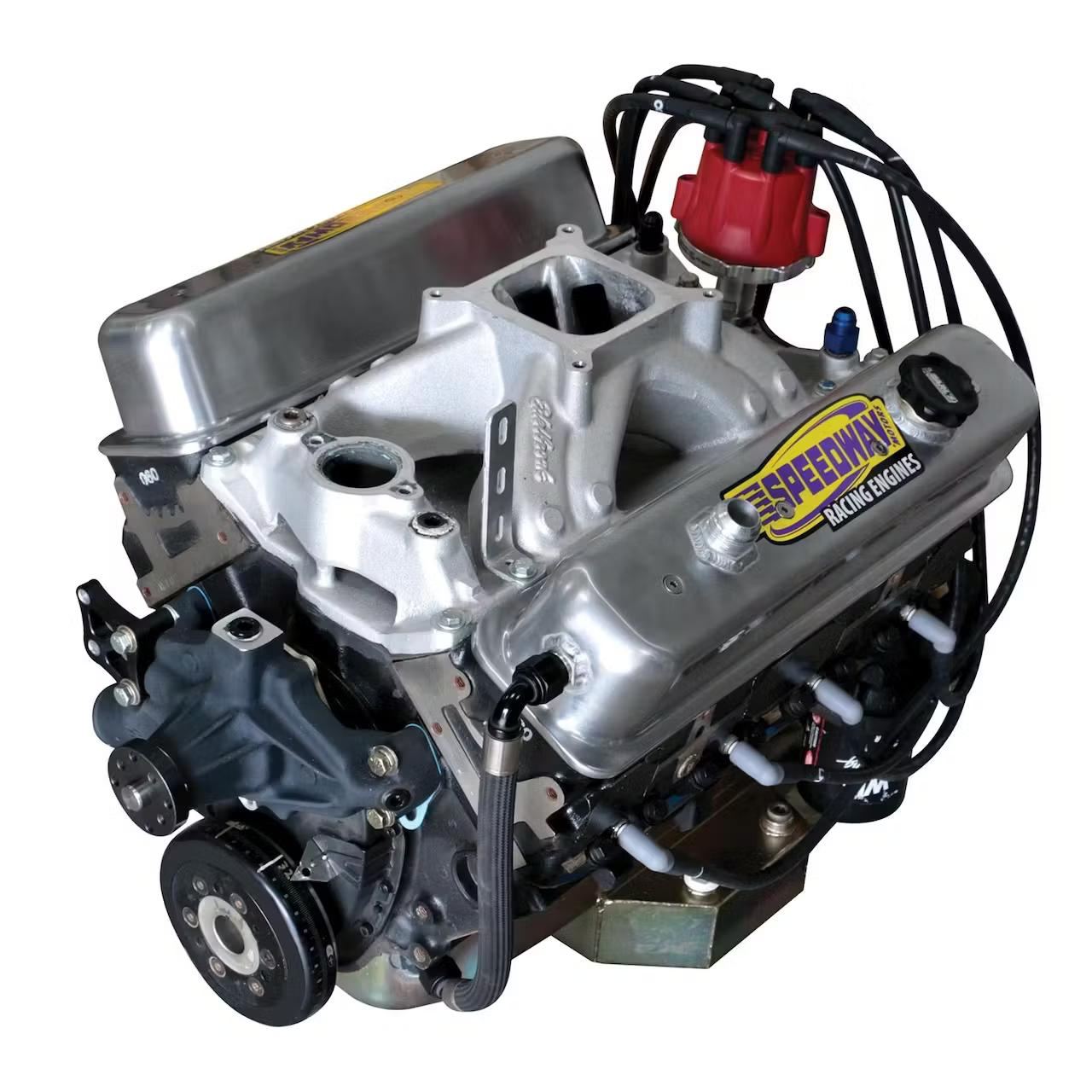
Reviews
There are no reviews yet.